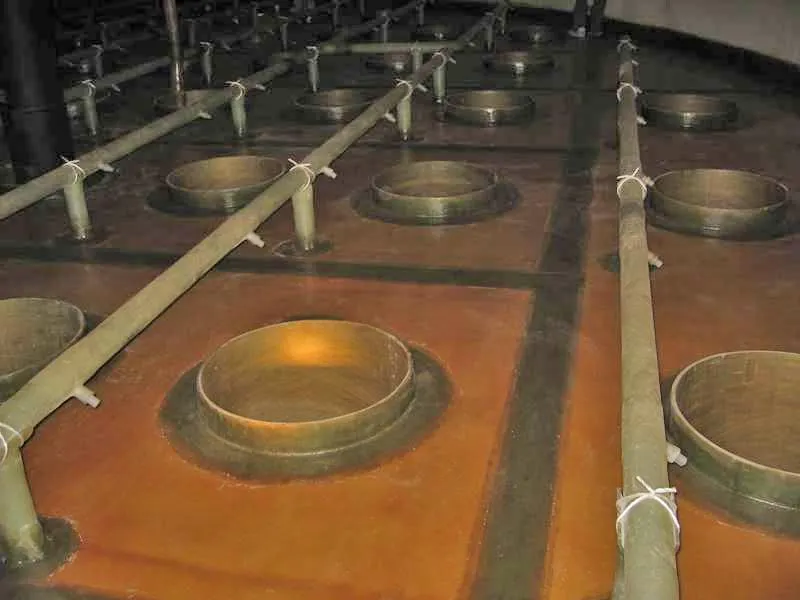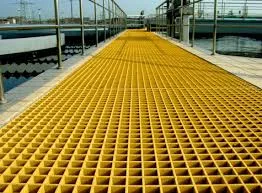
-
 Afrikaans
Afrikaans -
 Albanian
Albanian -
 Amharic
Amharic -
 Arabic
Arabic -
 Armenian
Armenian -
 Azerbaijani
Azerbaijani -
 Basque
Basque -
 Belarusian
Belarusian -
 Bengali
Bengali -
 Bosnian
Bosnian -
 Bulgarian
Bulgarian -
 Catalan
Catalan -
 Cebuano
Cebuano -
 China
China -
 China (Taiwan)
China (Taiwan) -
 Corsican
Corsican -
 Croatian
Croatian -
 Czech
Czech -
 Danish
Danish -
 Dutch
Dutch -
 English
English -
 Esperanto
Esperanto -
 Estonian
Estonian -
 Finnish
Finnish -
 French
French -
 Frisian
Frisian -
 Galician
Galician -
 Georgian
Georgian -
 German
German -
 Greek
Greek -
 Gujarati
Gujarati -
 Haitian Creole
Haitian Creole -
 hausa
hausa -
 hawaiian
hawaiian -
 Hebrew
Hebrew -
 Hindi
Hindi -
 Miao
Miao -
 Hungarian
Hungarian -
 Icelandic
Icelandic -
 igbo
igbo -
 Indonesian
Indonesian -
 irish
irish -
 Italian
Italian -
 Japanese
Japanese -
 Javanese
Javanese -
 Kannada
Kannada -
 kazakh
kazakh -
 Khmer
Khmer -
 Rwandese
Rwandese -
 Korean
Korean -
 Kurdish
Kurdish -
 Kyrgyz
Kyrgyz -
 Lao
Lao -
 Latin
Latin -
 Latvian
Latvian -
 Lithuanian
Lithuanian -
 Luxembourgish
Luxembourgish -
 Macedonian
Macedonian -
 Malgashi
Malgashi -
 Malay
Malay -
 Malayalam
Malayalam -
 Maltese
Maltese -
 Maori
Maori -
 Marathi
Marathi -
 Mongolian
Mongolian -
 Myanmar
Myanmar -
 Nepali
Nepali -
 Norwegian
Norwegian -
 Norwegian
Norwegian -
 Occitan
Occitan -
 Pashto
Pashto -
 Persian
Persian -
 Polish
Polish -
 Portuguese
Portuguese -
 Punjabi
Punjabi -
 Romanian
Romanian -
 Russian
Russian -
 Samoan
Samoan -
 Scottish Gaelic
Scottish Gaelic -
 Serbian
Serbian -
 Sesotho
Sesotho -
 Shona
Shona -
 Sindhi
Sindhi -
 Sinhala
Sinhala -
 Slovak
Slovak -
 Slovenian
Slovenian -
 Somali
Somali -
 Spanish
Spanish -
 Sundanese
Sundanese -
 Swahili
Swahili -
 Swedish
Swedish -
 Tagalog
Tagalog -
 Tajik
Tajik -
 Tamil
Tamil -
 Tatar
Tatar -
 Telugu
Telugu -
 Thai
Thai -
 Turkish
Turkish -
 Turkmen
Turkmen -
 Ukrainian
Ukrainian -
 Urdu
Urdu -
 Uighur
Uighur -
 Uzbek
Uzbek -
 Vietnamese
Vietnamese -
 Welsh
Welsh -
 Bantu
Bantu -
 Yiddish
Yiddish -
 Yoruba
Yoruba -
 Zulu
Zulu
Feb . 08, 2025 03:20
Back to list
fiberglass holding tanks
Fiberglass holding tanks are rapidly gaining popularity for their robust construction and versatile applications in various industries, ranging from water storage to waste management. These tanks offer a comprehensive solution for businesses that require reliable and safe storage systems. Our exploration of fiberglass holding tanks delves into personal experiences, expert insights, and professional evaluations to illustrate their value.
From a professional standpoint, experts laude fiberglass holding tanks for their environmental benefits. Unlike some traditional types, fiberglass tanks are often made from partially recycled materials, aligning with global sustainability goals. They have a lower carbon footprint due to reduced weight, translating to decreased energy consumption during transportation and installation. Fiberglass tanks exemplify how innovation meets environmental responsibilities, making them a preferred choice for environmentally conscious businesses. Trust in fiberglass holding tanks is reinforced through rigorous testing and certification processes. Reputable manufacturers comply with stringent standards set by bodies such as the American Society for Testing and Materials (ASTM) and Underwriters Laboratories (UL), ensuring that each tank meets high safety and performance criteria. This dedication to quality garners trust among industry professionals and contributes to their widespread adoption. The versatility of fiberglass holding tanks highlights their position as a leading product in modern storage solutions. Whether for extensive industrial use or small-scale applications, the benefits provided—corrosion resistance, design flexibility, durability, and environmental friendliness—remain unparalleled. Such tanks not only meet but exceed expectations, offering users a reliable and efficient choice for their storage needs. In conclusion, fiberglass holding tanks represent an intersection of engineering excellence and practical utility. Their adoption across diverse applications underscores both their tangible benefits and the qualitative assurance they bring. As businesses pivot to more sustainable and cost-effective solutions, fiberglass holding tanks are set to lead with their unmatched performance and adaptability, embodying a new era of storage technology.


From a professional standpoint, experts laude fiberglass holding tanks for their environmental benefits. Unlike some traditional types, fiberglass tanks are often made from partially recycled materials, aligning with global sustainability goals. They have a lower carbon footprint due to reduced weight, translating to decreased energy consumption during transportation and installation. Fiberglass tanks exemplify how innovation meets environmental responsibilities, making them a preferred choice for environmentally conscious businesses. Trust in fiberglass holding tanks is reinforced through rigorous testing and certification processes. Reputable manufacturers comply with stringent standards set by bodies such as the American Society for Testing and Materials (ASTM) and Underwriters Laboratories (UL), ensuring that each tank meets high safety and performance criteria. This dedication to quality garners trust among industry professionals and contributes to their widespread adoption. The versatility of fiberglass holding tanks highlights their position as a leading product in modern storage solutions. Whether for extensive industrial use or small-scale applications, the benefits provided—corrosion resistance, design flexibility, durability, and environmental friendliness—remain unparalleled. Such tanks not only meet but exceed expectations, offering users a reliable and efficient choice for their storage needs. In conclusion, fiberglass holding tanks represent an intersection of engineering excellence and practical utility. Their adoption across diverse applications underscores both their tangible benefits and the qualitative assurance they bring. As businesses pivot to more sustainable and cost-effective solutions, fiberglass holding tanks are set to lead with their unmatched performance and adaptability, embodying a new era of storage technology.
Next:
Related Products









